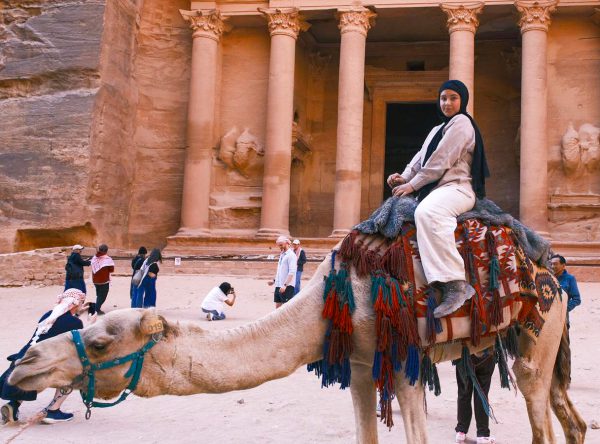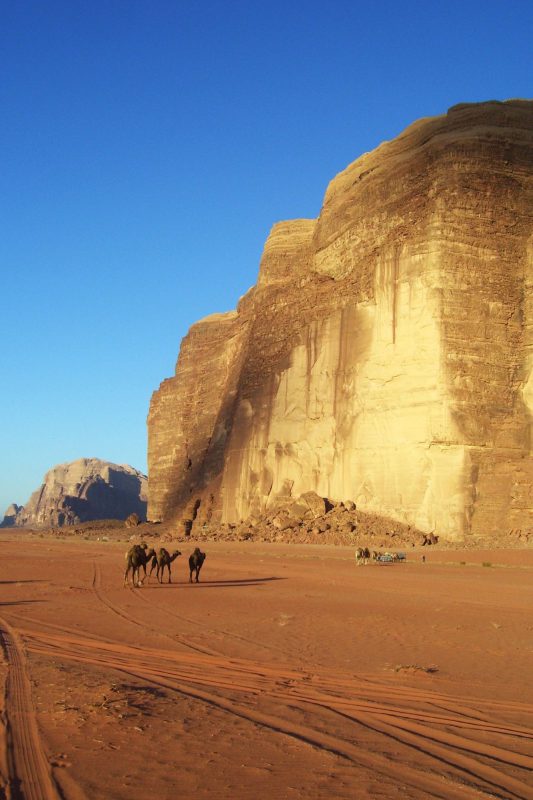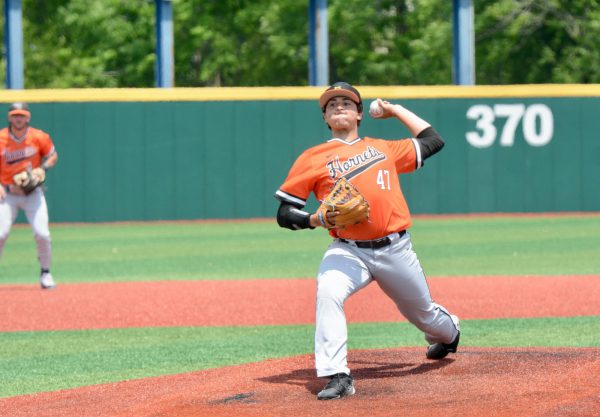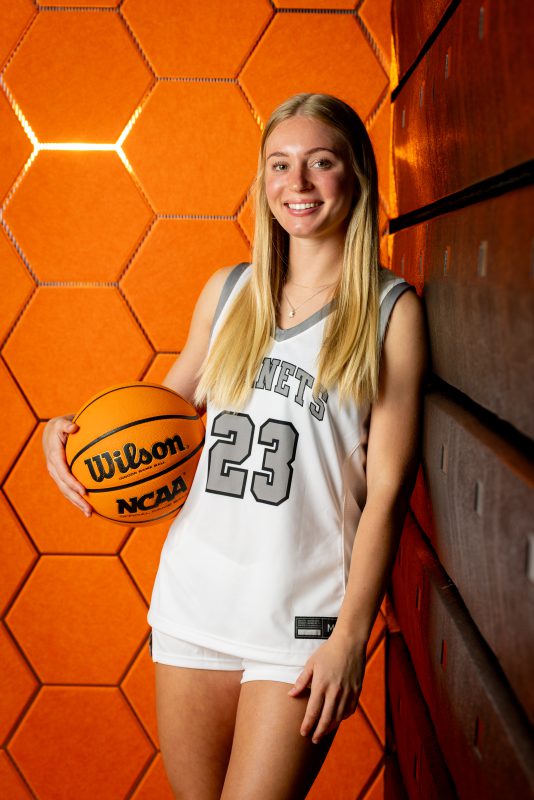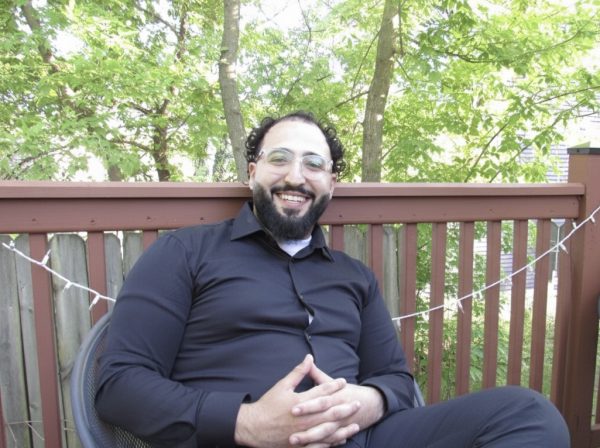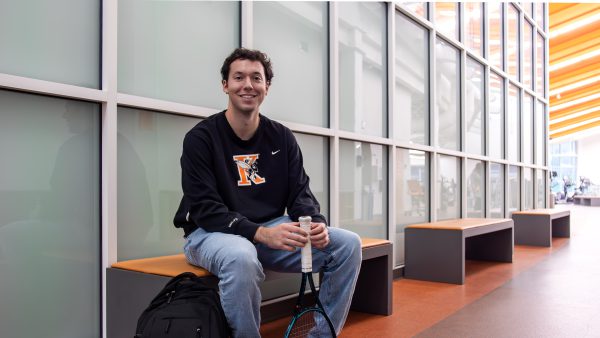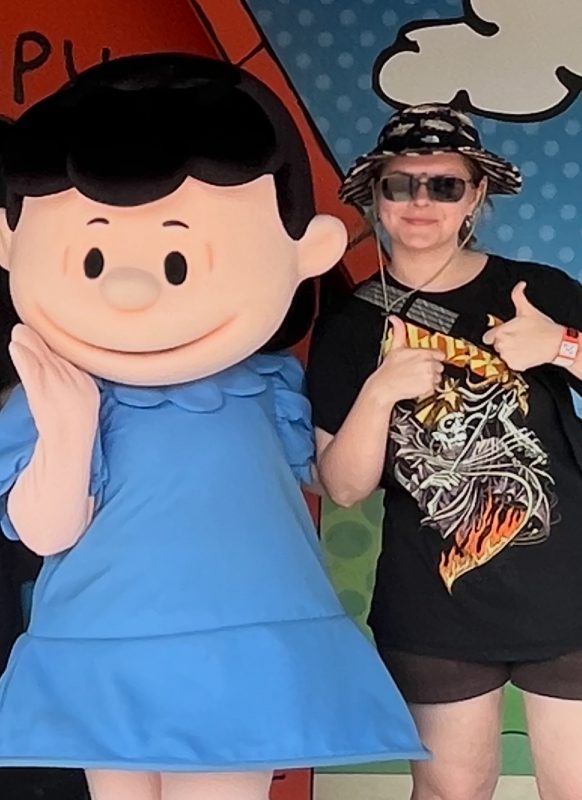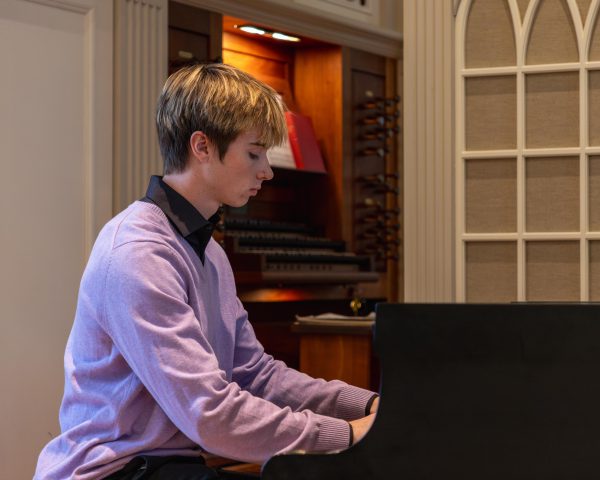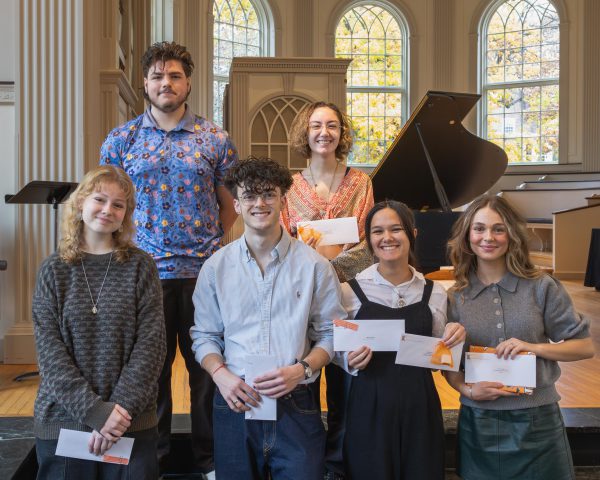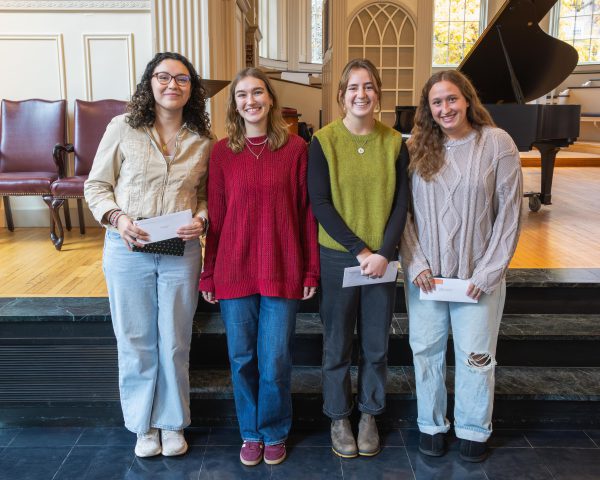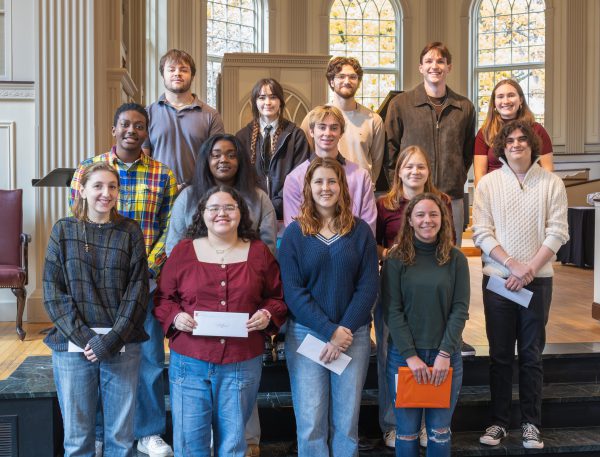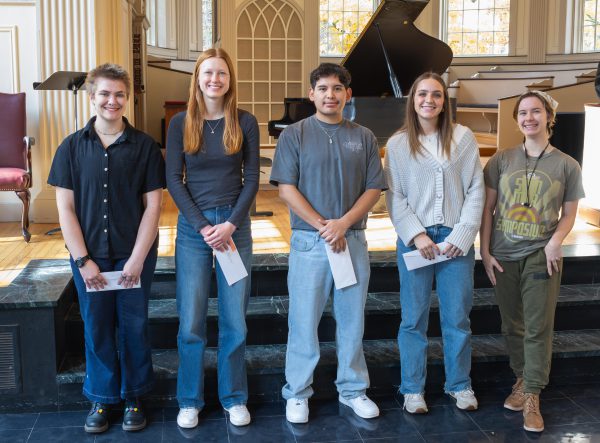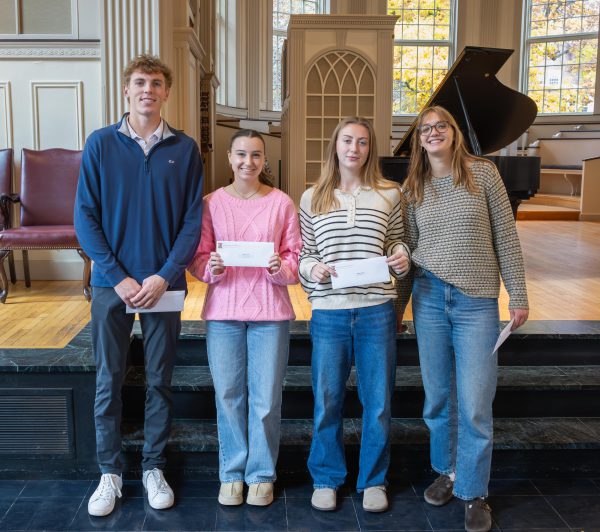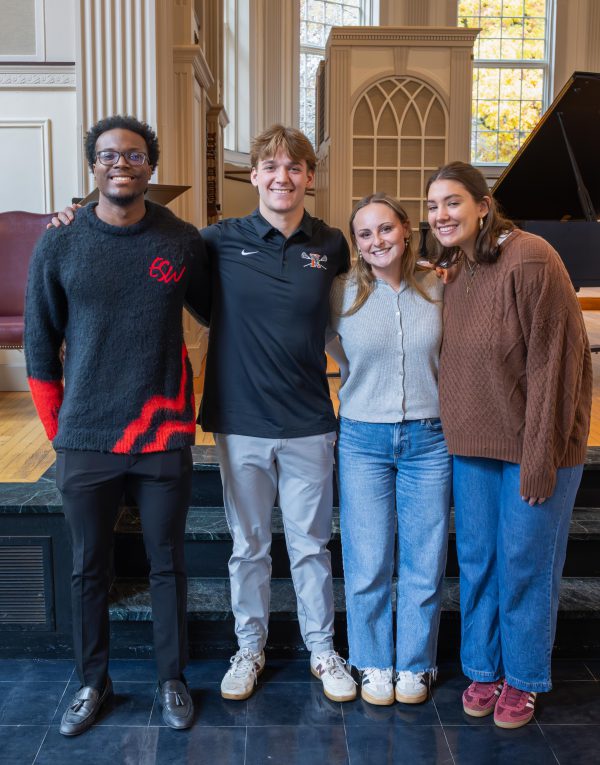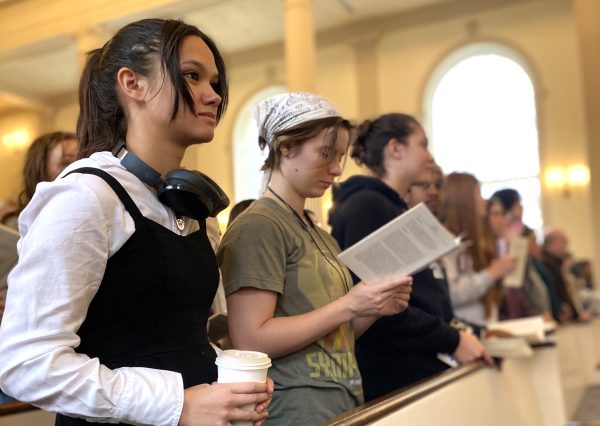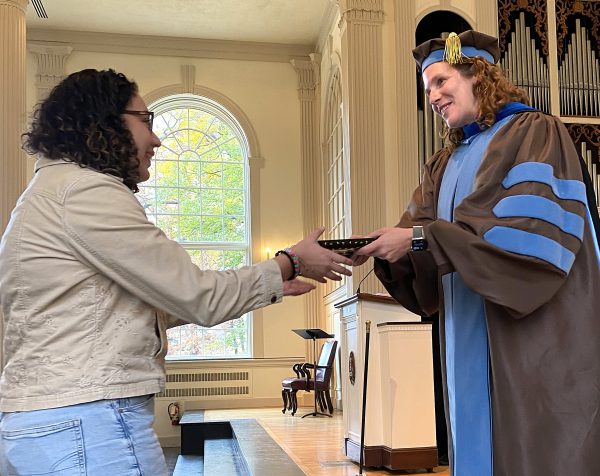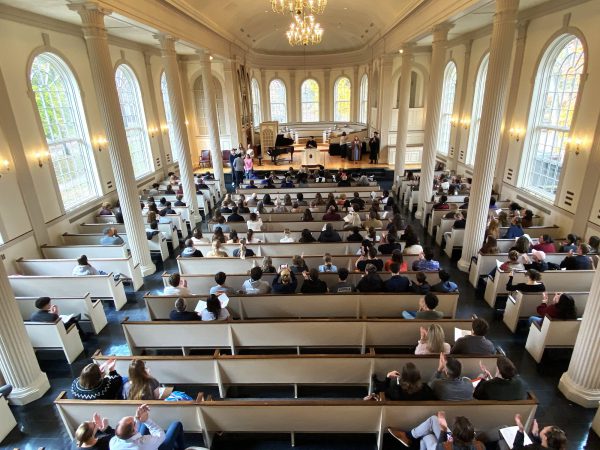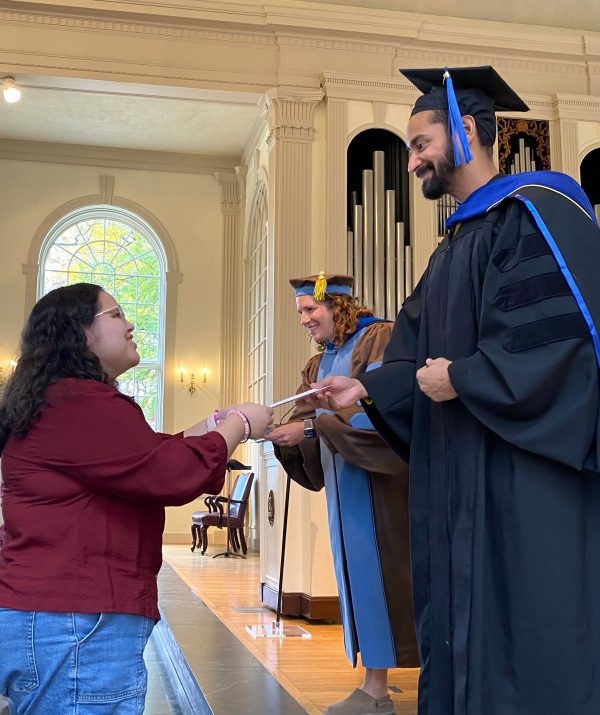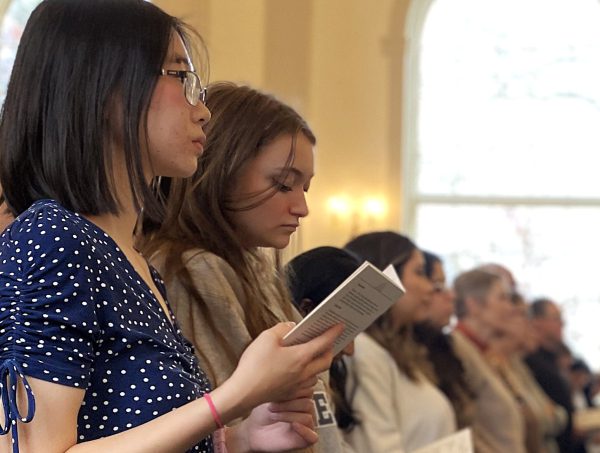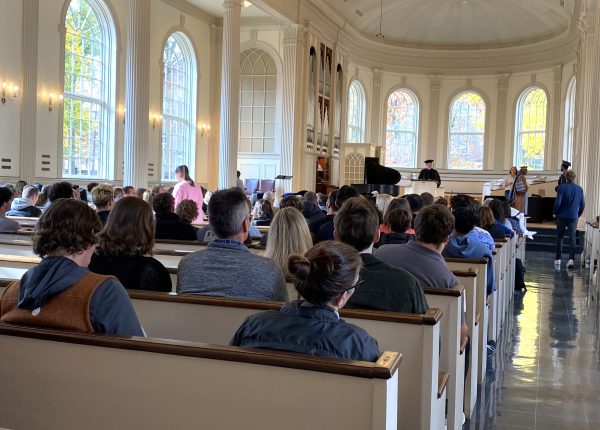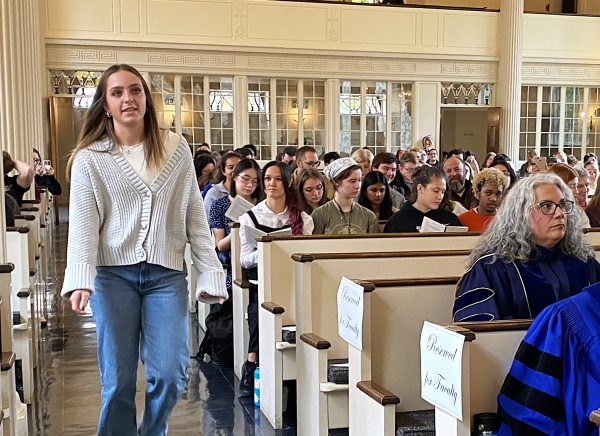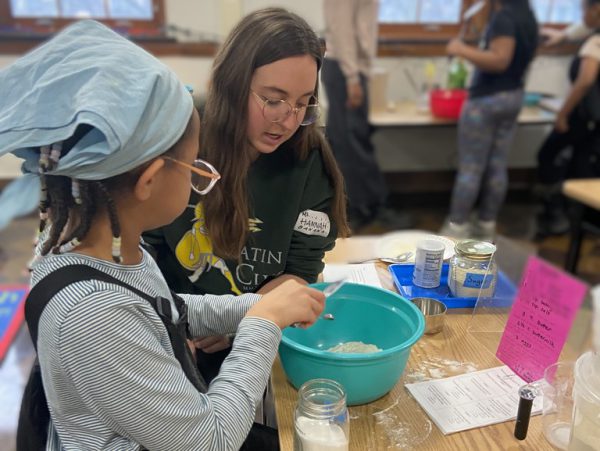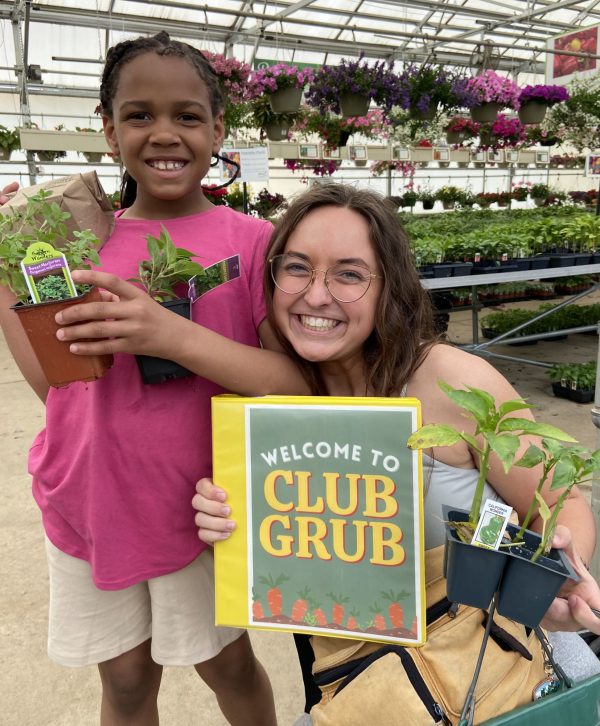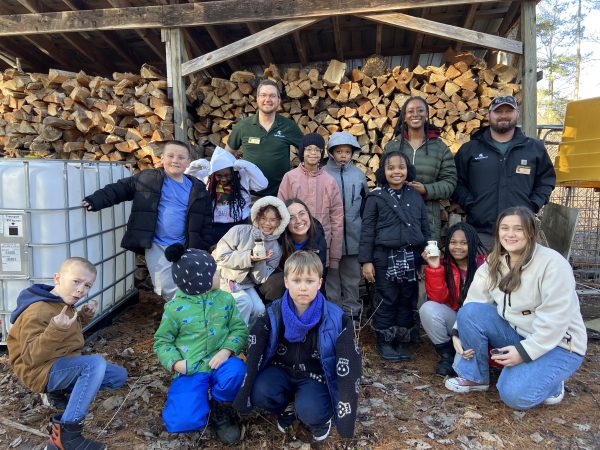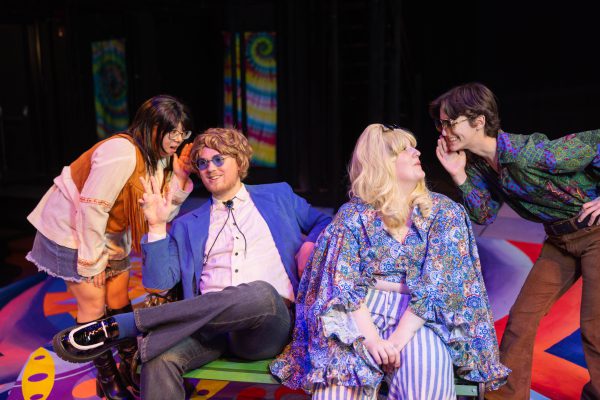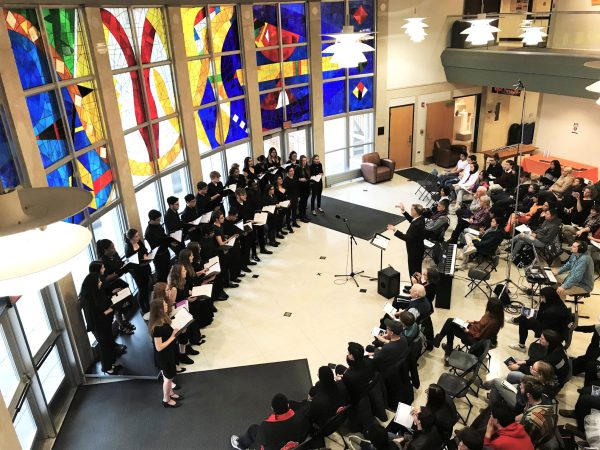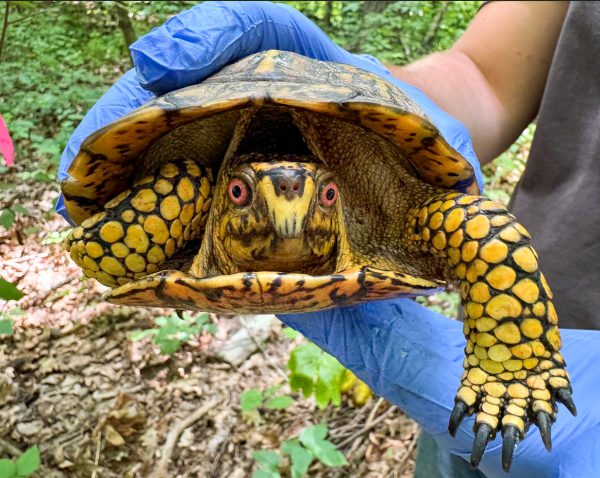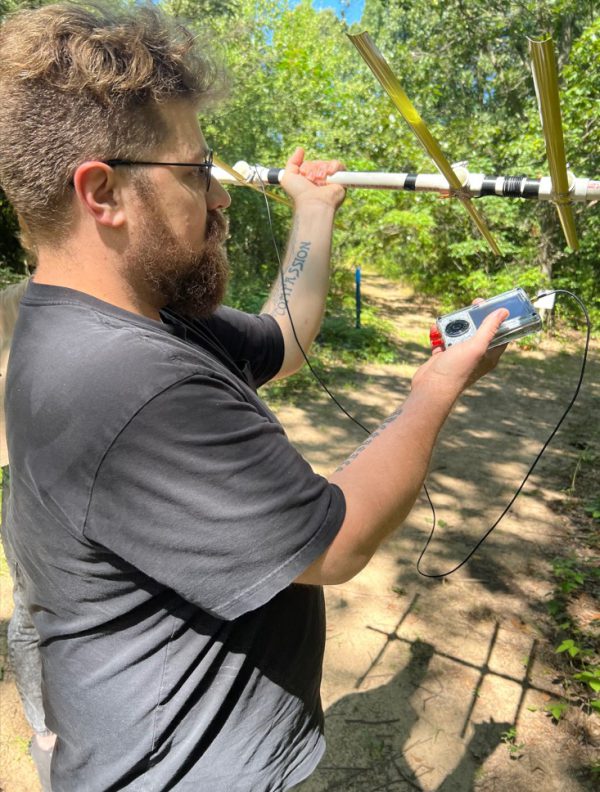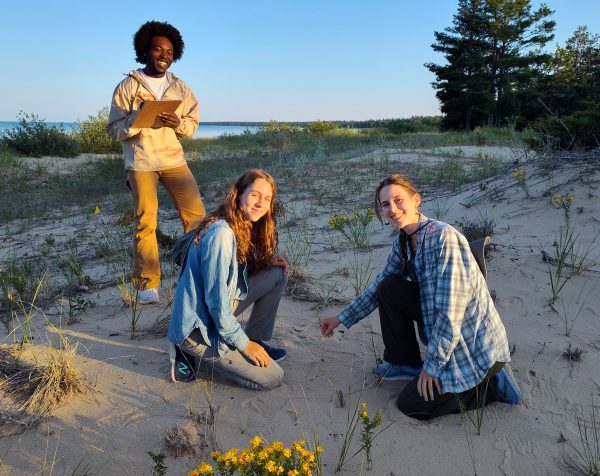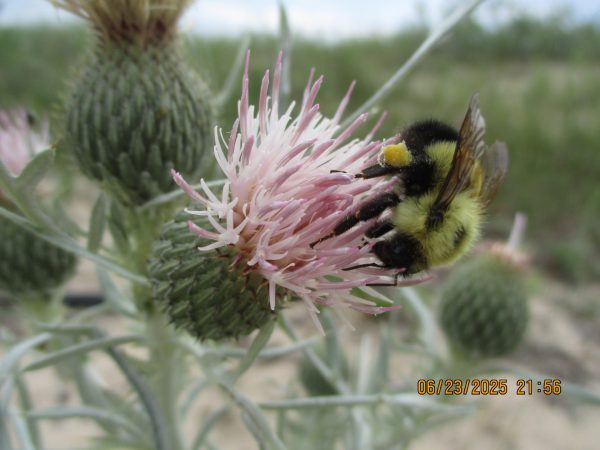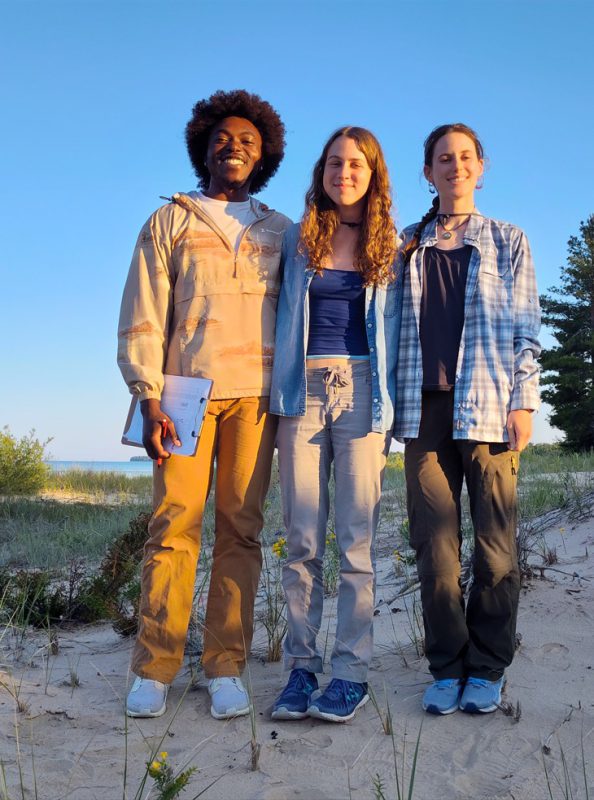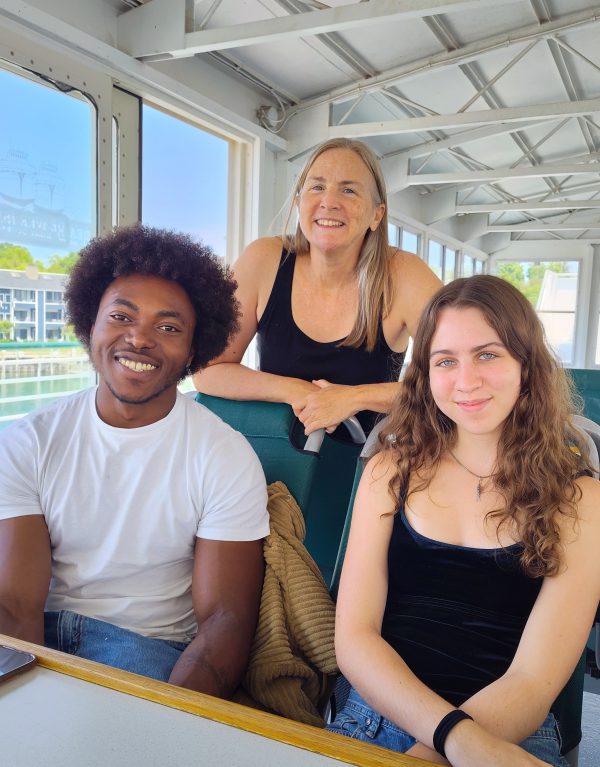Congratulations to the following Kalamazoo College students who achieved a grade point average of 3.5 or better for a full-time course load of at least three units, without failing or withdrawing from any course, during the Fall 2025 academic term.
Students who elect to take a letter-graded course on a credit/no credit basis (CR/NC) are not eligible for Dean’s List consideration during that term. Nor are students who receive an F, NC or W grade for that particular term. Students with incomplete (I) or in-progress (IP) grades will be considered for the Dean’s List upon receipt of their final grades.
Dean’s List recognition is posted on students’ transcripts. Kudos to the entire group for Fall 2025.
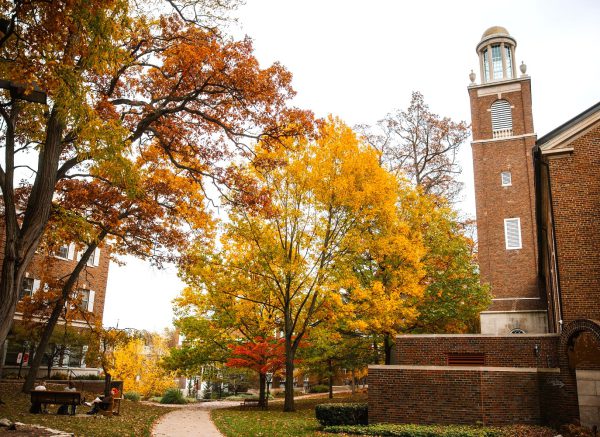
Fall 2025
A
Callie Abair
Drew Abbott
Tessa Abrutyn
McKenna Acevedo
Emerson Agnello
Tahmina Ahadi
Umair Ahmed
Isaac Ahn
Isabella Alimenti
Maya Alkema
Zoe Allen
Riley Allen
Randa Alnaas
Mahmoud Alsafadi
Altanshagai Altankhuu
Methmi Amaratunga
Zahra Amini
Haresh Anand
Jayanthi Anila
Eva Applebaum
Nadine Arabi
Camden Arndt
Louis Asmus
Emily Auchter
Ala Awad
B
Olivia Bagwell
Shiqi Bai
Gabrielle Baldori
Johanna Balingit
Carter Bandemer
Zoie Banger
Grace Barber
Luke Barnum
Joseph Basil
Alyse Baughman
Carson Beattie
Summer Beavers
Annice Bellows
Alexandrea Bernal
Braiden Berro
Maximus Betten
Gurnav Jeet Singh Bhatia
Julian Bilbao
Derek Blackwell
Annaliese Bol
Sotirios Bougioukos
Juliette Bournay
Yvette Boyse-Peacor
Allison Bozyk
Indigo Braun
Teige Bredin
Georgia Brennaman
Chloe Briggs
Chloe Brown
Audrey Bruner
Chloe Bryant
Ava Buccafurri
Christopher Bullard
Kali Bunce
Leah Bunnell
Tab Burcroff
Maxwell Burg
Mag Burkander
Victoria Burnham
Luke Burzynski
Sara Bush
Ava Butera
C
Amaia Cadenas
Arlanderia Cardenas Estelle
Raymond Cargill
Emmett Carlson
Liam Casey-McFall
Tatum Casper
Stephanie Castillo
Joe Caton
Abigail Caza
Haziel Cerroblanco
Bo Chambers
Savannah Chapie
Lucas Charboneau
Derrick Chen
Parker Ciurla
Eva Clancy
Thomas Clark
Kory Clark
Keegan Clarke
Lilly Cleland
Brendan Clinard
Caleb Coates
Logan Coller
Colby Connor
Isabela Cordeiro
Zeina Coreas
Jayden Costa
Cameron Couch
Holden Coulter
Sebastian Courtright
Henry Cox
Agustin Creamer
Connor Creech
Mia Crites
Cameron Crosby
Kieran Crossley
August Crothers
Gwendolyn Crowder Smith
Skye Crowell
Courtney Cutler
D
Ava Dalton
Ryan Dant
Ethan Daugherty
Hillary Davis
Griffin Davis
Maya Davis
Ian Davis
Lillian Deer
Noel DeFeyter
Sophia Deguzman
Maya Delaney
Jair Delgado
Michael Deluca
Enrique Delzer
Abram Derksen
Luke Desjardins
Maansi Deswal
Noah Devries
Christopher Dewitt
Michaela Dillbeck
Reed Dixon
Ava Domzalski
Shane Dong
Jordan Doyle
Jack Duggins
Gwyneth Dunaway
E
Benjamin Ebner
Sally Eggleston
Elise Elliot
Owen Ellis
Kai Ellison-Batt
Zachary Emmer
Francis Ernzen
Bradley Eziuka
F
Niklas Fagerman
Fletcher Fahling
James Faletti
Blake Filkins
Mathias Florian
David Fooy
Jessica Forbis
Drew Fortino
Landrie Fridsma
Luke Fried
Sophia Fuller
G
Yamilet Garcia
Angel Garcia
Isaac Garza
Lyrica Gee
William Geiger
Jenna Ghazal
Abigail Gilmore
Vrinda Girdhar
Nathan Gleason
Levi Godin
Laura Goia
Charles Gordon
Harper Gorman
Charles Graves
Natalie Greene
Wyatt Greis
Alexis Gross
Sofia Gross
Cole Grupenhoff
Sarah Guerrero Gorostieta
Fiona Guikema-Bode
Kendra Guitar
Oliver Gutierrez
H
Jack Hackwell
Isabelle Hahn
Avery Hall
Ethan Hall
Ella Hanley
Colten Hansen
Kaylee Hanson
Madeline Hanulcik
Bridie Hart
Cameron Hathaway
Dymytri Hayda
Abram Haynes
Grace Helmboldt
Regan Helmick
Gerardo Herrera-Sanchez
Layla Hickman
Ashlen Hill
JT Hill
Alyssa Hinkley
June Hobson
Raychel Hodges
Ruby Hogan
Maren Holcomb
Lauren Holcomb
Ronin Honda
Evanne Horrigan
Audrey Horton
Emma Hosier
Scarlett Hosner
Ethan Huebsch
Alek Hultberg
Ethan Hurford
Rachel Hursey
Abigail Hutchison
I
Nora Iapichino
Britt Inman
Weslee Innes
Rispher Irungu
Jackson Isaacs
Jasmine Ivy
J
Gloria Jackson
Rayne Jacobs
Jackson Janderwski
Nolan Jannenga
Rachel Jensen
Jaden Johnson
Caroline Johnson
Isabella Johnson
Hayden Johnston
Eiden Jonaitis
Jaheim Jones
Elizabeth Jones
Gary Jones
Ayako Jurgle
K
Violet Kaplan-Neumann
Isabelle Kastel
Zarey Katherine
John Kaul
Jackson Keefer
Parker Keim
Davis Kelly
Dong Eun Kim
Anwen King
Samuel King
Kendyl Kirshman
Kathryn Klahorst
Elizabetta Klein
Gretje Kooistra-Collar
Halle Korendyke
Carrie Kozlowski
Daryn Krause
Jack Kreckman
Mara Krupka
Shay Kruse
Rohan Kumar
L
Aubrey Laffoon
Annabelle Largent
Olivia Laser
Minh Thu Le
Son Le Dinh Truong
Brayden Ledin
Delaney Lee
Maya Lee
Alexander Ligman
Samuel Linan
Maxwell Lloyd
Marcus Lloyd
Logan Lockhart
Noah Loizos
John Lonsway
Jacob Lovy
Dewen Luo-Li
Mairead Lynch
Addison Lyons
Isabella Lyskawa
M
Madison Magda
Simran Magnan
Kyler Maiorana
Vex Maldonado
Ariadne Markou
Alexandria Mason
Virginia Matta
Matthew Matuza
Benjamin Maurice
Allison Mayer
Vincent McCollum
Jay McDaniel
Fallon McFarland
Kira McManus
Alyssa McNally
Ryenn McRell
Raven Medina
Maximus Mercurio
Jacey Merkle
Carson Merritt
Kieran Metzler
Gavin Meyers
Bernice Mike
Isaac Miles
Madelyn Miller
Marin Miroslavich
Zelda Molitor
Alondra Danahe Montoya Martinez
Mary Ellen Muenzenmaier
Claire Mullins
Allison Murdoch
Jack Murphy
Grace Murphy
N
Genevieve Nagel
Zander Nash
Sebastian Nelson
Lily Nestich
Issac Nget
Yen Giang Nguyen
Theodore Niemann
Will Norwood
Alex Nutt
Calvin Nyeholt
O
Jair Obando
Reece Omodio
B Osborne
P
Chelsea Paddock
Eron Palmer
Renzo Palomino Caceres
Aidan Paquin
Gyuri Park
Sam Pattison
Logan Pearson
Gavin Pejakovich
Alex Pepin
Benjamin Perry
Maya Peters
Katarina Peters
Tess Peters
Anna Phyo
Timothy Pinches
Broderick Plumstead
Mario Pomorski
Bailey Poort
Tadeusz Potocki
Quinten Powers
Q
Brody Quinn
R
London Rabb
Lachlan Rae
Addison Raffenaud
Akaash Raghunath
Jackson Rancilio-Swords
Cory Rapp
Spencer Rasmussen
Eibhlin Reed
Julia Reisor
Sam Reynolds
Lissette Reynoso
Claire Rhames
Rachel Ribaudo
Emmanuel Richardson
Jaycee Rider
Donovan Rinehart
Ella Ringel
Connor Ritchie
Ethan Romey
Amelia Rooks
Brigid Roth
Lucas Ruiz
Eleanor Ryan
Olive Ryder
S
Amelie Sack
Jeremy Salomon
Xavier Sarnaik
Maxwell Saxton
Amelia Saxton
Cecilia Schihl
Tobin Schiller
Molly Schneidewind
Kearsten Schultz
Ava Schwachter
Sophia Schwartz
Aurora Scott
Neve Sena
Geo Servin
William Seymour
Julienne Shaina
Katherene Shank
DJ Sheibar
Eric Sheppard
Halen Sherwood
Saba Sikharulidze
Dawson Skupin
Ana Slouber
Morgan Smith
Jillian Smith
Nelsonkondani Sompa
Haleigh Souder
Sophia Sprick
Katelyn Steinbrecher
Jaegon Stevens
Molly Stevison
Gavin Stewart
Jacquelyn Stoddard
Liliana Stout
Laurel Stowers
Calvin Strader
Zara Strauss
Nolan Surach
Jocelyn Suranyi
Luella Swanson
Zachary Sykes
T
Aiden Taormina
Charlotte Tatara
Arielle Tenner
Kaljona Thaumanavar
William Thomas
Lucia Thomas-Colwell
Lauren Thompson
Christopher Thunder
Lily Toohey
Jey Trebley
Joseph Treder
V
Alexander Valliere
Gavin Van Kampen
Lauren Vanderstelt
Tyler Vanderzanden
Benjamin Vansumeren
Hayley Vanwagoner
Francesca Ventura
Savannah Vincent
Romina Viramontes-Vargas
Lauren Vos
Madison Vrba
Elijah Vue
W
Connor Walters
Seth Wanner
Natalie Ward
Macy Ward
Ryan Warezak
Owen Warren
Nina Warrow
Astrid Westbury
August Westphal
Jillian Whitton
Elisabeth Wilks
Jaden Williams
Ruth Wilson
Siona Wilson
Zoe Wilson
Gretchen Wilson
Sierra Winter
Zaryn Woods
Darius Wright
Michael Wright
Sophia Wrzesinski
Y
Hailey Yoder
Z
Aaron Zekman
Nora Zemlick
Kenzi Zimmerman-Frost
Ashley Zollman

